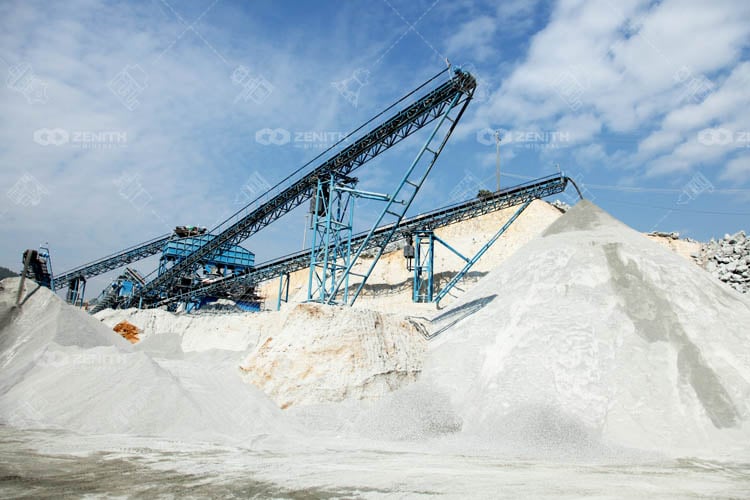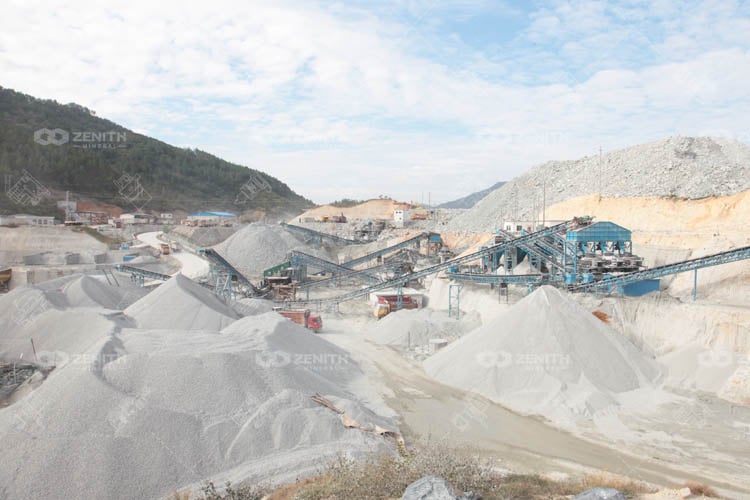Artificial sand (also called manufactured sand or M-sand) is produced by crushing rocks, quarry stones, or larger aggregates into sand-sized particles using sand making machine or other specialized machinery. With increasing environmental regulations, depletion of natural river sand, and rising construction demands, artificial sand has gained significant traction in global markets.

Artificial sand is produced by crushing larger rocks, stones, or gravel into smaller aggregates. The production process involves several stages, including:
Read Also:How to Produce High-quality Artificial Sand?
Ban on River Sand Mining: Many countries (India, China, Vietnam, etc.) restrict river sand extraction due to environmental concerns.

The demand for artificial sand is primarily driven by the construction industry, which is experiencing rapid growth due to urbanization, infrastructure development, and population growth. Key sectors contributing to this demand include:
The future of artificial sand appears promising, driven by several trends:
1. Growing Demand
As construction activities continue to rise globally, the demand for quality aggregates, including artificial sand, is expected to grow. The need for sustainable building materials will further enhance this demand.
2. Technological Advancements
Advancements in production technology can improve the efficiency and quality of artificial sand production. Innovations such as automated production lines and advanced screening techniques can enhance the competitiveness of artificial sand.
3. Regulatory Support
As governments increasingly recognize the environmental impact of natural sand extraction, regulations may favor the use of artificial sand. This could lead to incentives for producers and users of artificial sand.
As the industry evolves, artificial sand is poised to play a crucial role in meeting the world’s growing infrastructure needs while minimizing environmental impact.

Developing high-quality machine-made sand with stable output capacity and quality to replace river sand can not only solve the imbalance between supply and dema

At present, the common mechanism of sand production process on the market are respectively Wet Process and Dry Process. Which process is more suitable for the preparation of manufactured sand?

With the popularity of artificial sand, more and more customers are consulting artificial sand and sand making equipment.
Fill your requirements here, and we'll send the custmized solution and quotation to you by the reserved contact information.